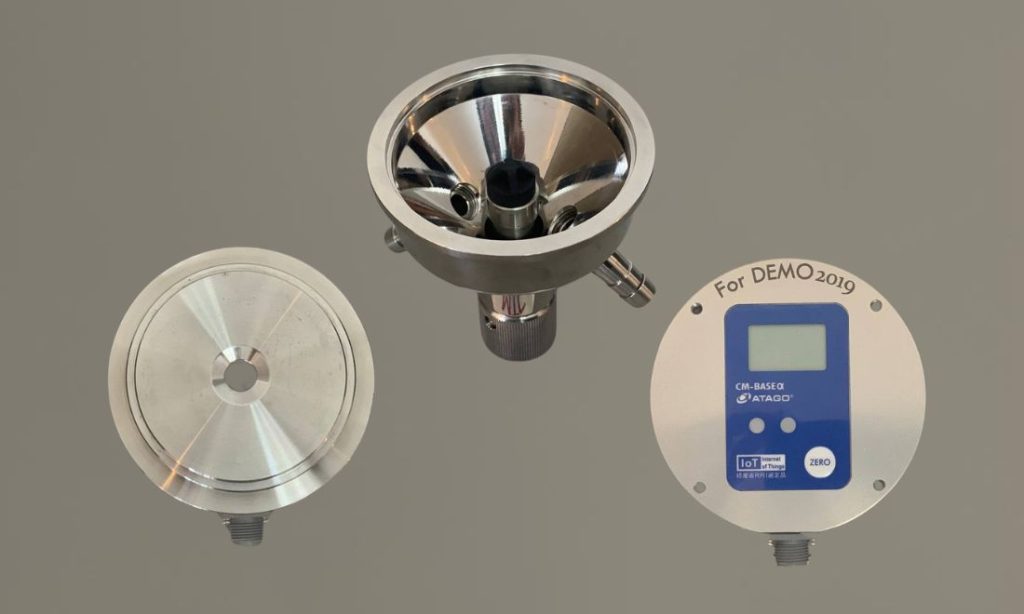REFRACTOMETER
Inline process refractometers provide continuous measurement of a liquid moving through a pipe or within a tank. They are perfect for monitoring the concentration of one liquid within another, such as sugar in water, salt in water, or methanol in water.
Refractometers are a part of everyday life. They are used by professionals and non-professionals in almost every major product manufacturing or distribution activity at some point or another. If someone were to ask what the main function of a refractometer is, then calling it a “concentration meter” would probably be most apt. Knowing the concentration of a product (lets take sugar for example) helps operators to know when the concentration level has deviated substantially from a target value. This would be an important factor for sweet drink manufacturers who need to ensure that their processes and end products meet the standards advertised. Nobody wants their favorite orange juice, coke or pepsi to be too sweet or not sweet enough. So, refractometers can be used for quality control, crystallization monitoring, dosing applications and many more!

Refractometers are also used in a host of other applications, not just the sugar content of food and drinks.
Yes, the refractometer is a common sight in the beverage industry but also in oil business too. A lot of factories who pump large amounts of cutting oil will need to make sure that the ratio of oil/water concentration is right for the machine. Although most users will be familiar with the hand held, pocket refractometer or laboratory refractometer, there is a growing interest to not only measure the concentration of liquids in spot samples but also provision on a continuous inline measurement. This could be true in the large amounts of fluids used in the automotive industry – fluids like engine coolands, screenwashes and more.

Where does Brix come from and is it only about sugar?
Brix has been named after Mr. Adolf Brix. For many, Brix is the measurement of sugar crystals in the water content in fruit measured with a refractometer but it can also be applied to alcohols like wine other liquids which need to have their sweetness determined. Brix measurements, however, are not just confined to sugar concentration but technically are a measure of refractive index of dissolved solids too.
Brix worked with the fact that dissolved solids in water cause light to refract (bend), with greater refraction being caused by higher concentrations of dissolved solids. Refraction is measured with a refractometer, and most refractometers are calibrated to read in degrees Brix (Bx)
Once it is understood that the increased refraction (or bending) of light by solids in water can also be called “Brix” then it becomes clearer that a Brix meter is not confined to the measurement of sugar content in liquid but also the solids content in a solution. Examples could be salt , protein and acids. When this discovery is made, then it appears that the applications for refractometers are too numerous to mention.

